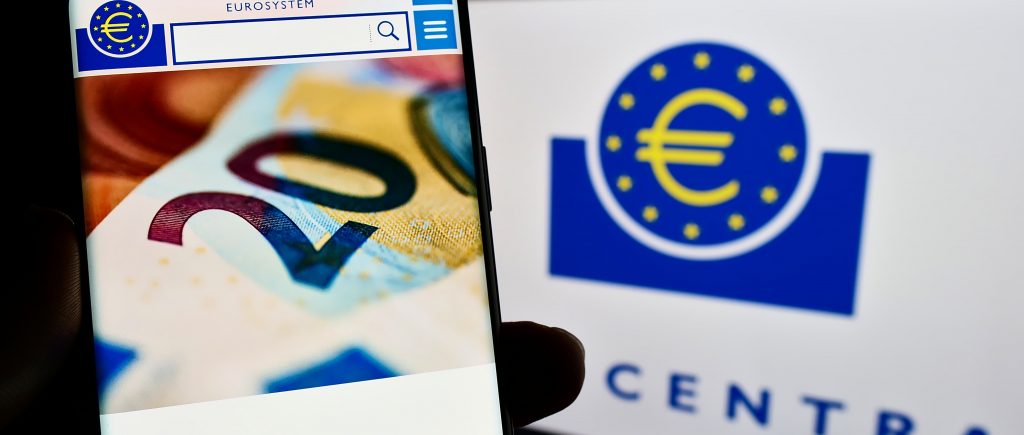The European Central Bank’s chief economist, Philip Lane, hinted at a possible shift in monetary policy during a lecture at Imperial College Business School in London on Friday. His comments highlighted a potential easing of tight job market, which has been a key concern for the ECB in recent years.
ECB’s Balancing: Inflation vs. Employment
The Eurozone has enjoyed a period of historically low unemployment. While this is positive news for workers, it has also contributed to inflationary pressures. Rapid wage growth, fueled by the competitive job market, has become a significant factor driving up domestic inflation. This has put the ECB in a tricky position.
Traditionally, central banks raise interest rates to combat inflation. However, raising rates too quickly could stifle economic growth and potentially lead to job losses.
Labor Market Softening: A Welcome Sign for the ECB
Lane’s remarks suggest a potential turning point. He pointed out that vacancy rates, which indicate employer demand for labor, are declining. Additionally, businesses seem not as worried about worker shortages. These signs of a softening labor market could be the data the ECB is looking for to justify adjusting interest rates.
ECB’s Interest Rate Policy: A Delicate Dance
The ECB is walking on a tightrope between controlling inflation and maintaining healthy employment levels. By acknowledging the potential easing of labor market pressures, Lane has opened the door for the ECB to consider raising interest rates in the near future. This would be a significant shift from the bank’s previous cautious stance and could have a major impact on the Eurozone economy.
Additional Facts about the ECB:
The ECB is the central bank of the Eurozone, a monetary union of 19 European Union member states. Its primary objective is to maintain price stability in the eurozone by keeping inflation rates low and stable.
The ECB’s main monetary policy tool is setting interest rates. By raising interest rates, the ECB aims to slow down economic growth and curb inflation. Conversely, lowering interest rates stimulates economic activity.

 Noor Trends News, Technical Analysis, Educational Tools and Recommendations
Noor Trends News, Technical Analysis, Educational Tools and Recommendations




